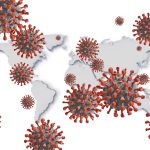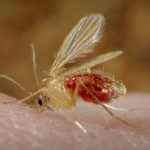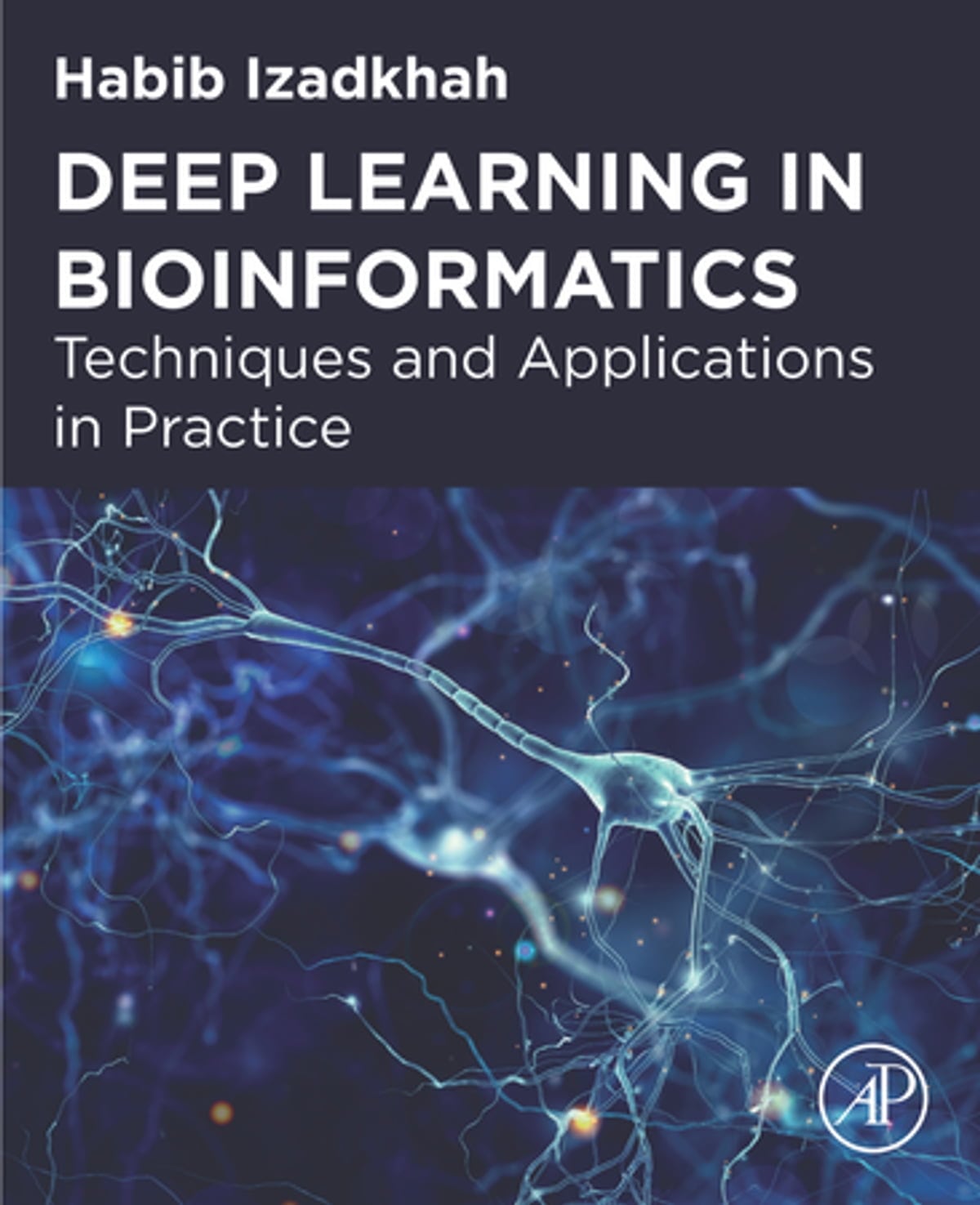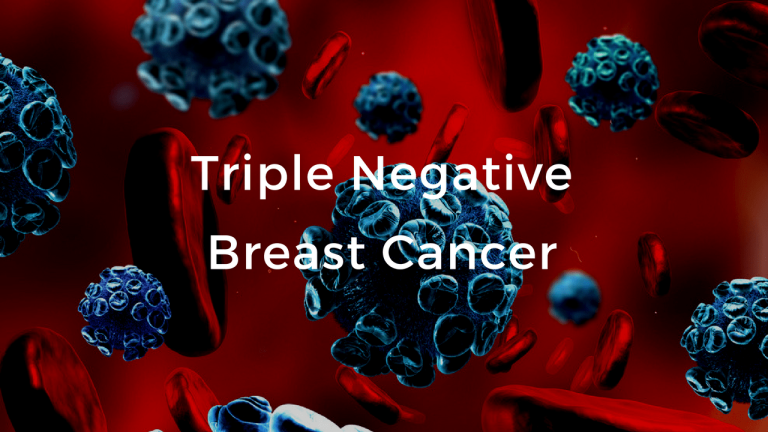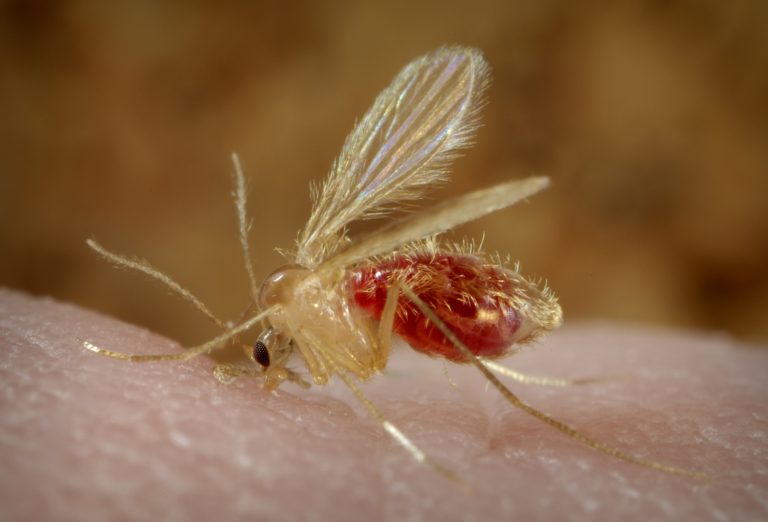Esmaeil Roohparvar Basmenj as a CEO and founder of BioinfCamp, Cooperated and contributed in the process of writing and publishing “Deep Learning in Bioinformatics Techniques and Applications in Practice” book.
Artificial Intelligence, Machine Learning, Deep Learning, and Big Data have become the latest hot buzzwords, Deep learning and bioinformatics being two of the hottest areas of contemporary research. Deep learning, as an emerging branch from machine learning, is a good solution for big data analytics. Deep learning methods have been extensively applied to various fields of science and engineering, including computer vision, speech recognition, natural language processing, social network analyzing, and bioinformatics, where they have produced results comparable to and in some cases superior to domain experts. A vital value of deep learning is the analysis and learning of massive amounts of data,
making it a valuable method for Big Data Analytics.
Bioinformatics research comes into an era of Big Data. With increasing data in biology, it is expected that deep learning will become increasingly important in the field and will be utilized in a vast majority of analysis problems. Mining potential value in biological data for researchers and the health care domain has great significance. Deep learning, which is especially formidable in handling big data, shows outstanding performance in biological data processing.
To practice deep learning, you need to have a basic understanding of the Python ecosystem. Python is a versatile language that offers a large number of libraries and features that are helpful for Artificial Intelligence and Machine Learning in particular, and, of course, you do not need to learn all of these libraries and features to work with deep learning. In this book, I first give you the necessary Python background knowledge to study deep learning. Then, I introduce deep learning in an easy to understand and use way, and also explore how deep learning can be utilized for addressing several important problems in bioinformatics, including drug discovery, de novo molecular design, protein structure prediction, gene expression regulation, protein sequence classification, and biomedical image processing.
Through real-world case studies and working examples, you’ll discover various methods and strategies for building deep neural networks using the Keras library. The book will give you all the practical information available on the bioinformatics domain, including the best practices. I believe that this book will provide valuable insights for a successful career and will help graduate students, researchers, applied bioinformaticians working in the industry and academia to use deep learning techniques in their biological and bioinformatics studies as a starting point.
This bookprovides necessary Python background for practicing deep learning,
• introduces deep learning in a convenient way,
• provides the most practical information available on the domain to build efficient deep learning
models,
• presents how deep learning can be utilized for addressing several important problems in bioinformatics,
• explores the legendary deep learning architectures, including convolutional and recurrent neural
networks, for bioinformatics,
• discusses deep learning challenges and suggestions.
Link 1: https://www.amazon.com/Deep-Learning-Bioinformatics-Techniques-Applications/dp/0128238224
Link 2: https://www.sciencedirect.com/science/article/pii/B9780128238226000068

